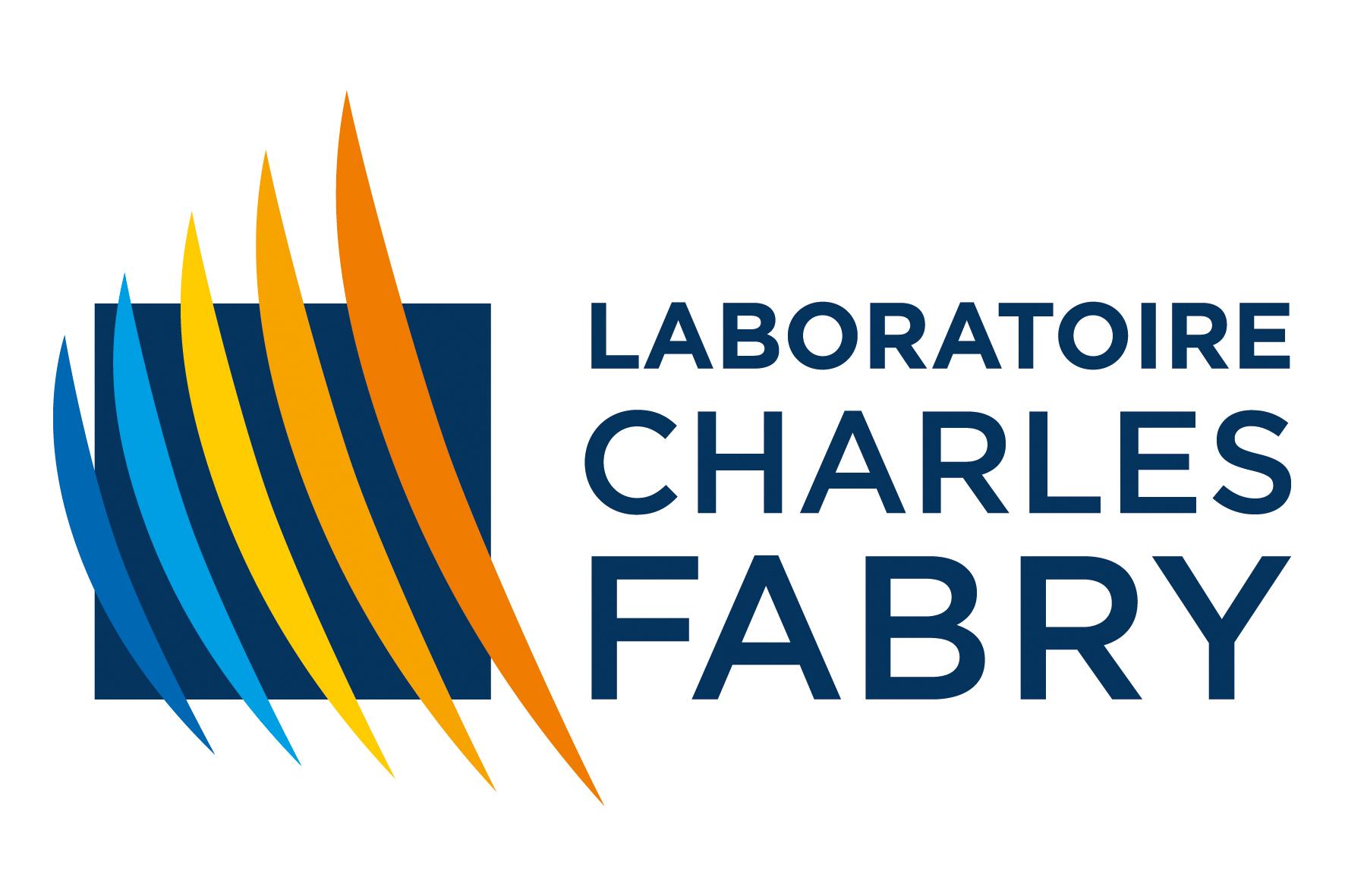First perihelion of EUI on the Solar Orbiter mission
Résumé
Context. The Extreme Ultraviolet Imager (EUI) on board Solar Orbiter consists of three telescopes: the two High Resolution Imagers, in EUV (HRIEUV) and in Lyman-α (HRILya), and the Full Sun Imager (FSI). Solar Orbiter/EUI started its Nominal Mission Phase on 2021 November 27. Aims. Our aim is to present the EUI images from the largest scales in the extended corona off-limb down to the smallest features at the base of the corona and chromosphere. EUI is therefore a key instrument for the connection science that is at the heart of the Solar Orbiter mission science goals. Methods. The highest resolution on the Sun is achieved when Solar Orbiter passes through the perihelion part of its orbit. On 2022 March 26, Solar Orbiter reached, for the first time, a distance to the Sun close to 0.3 au. No other coronal EUV imager has been this close to the Sun. Results. We review the EUI data sets obtained during the period 2022 March- April, when Solar Orbiter quickly moved from alignment with the Earth (2022 March 6), to perihelion (2022 March 26), to quadrature with the Earth (2022 March 29). We highlight the first observational results in these unique data sets and we report on the in-flight instrument performance. Conclusions. EUI has obtained the highest resolution images ever of the solar corona in the quiet Sun and polar coronal holes. Several active regions were imaged at unprecedented cadences and sequence durations. We identify in this paper a broad range of features that require deeper studies. Both FSI and HRIEUV operated at design specifications, but HRILya suffered from performance issues near perihelion. We conclude by emphasizing the EUI open data policy and encouraging further detailed analysis of the events highlighted in this paper.
| Origine | Fichiers éditeurs autorisés sur une archive ouverte |
|---|





